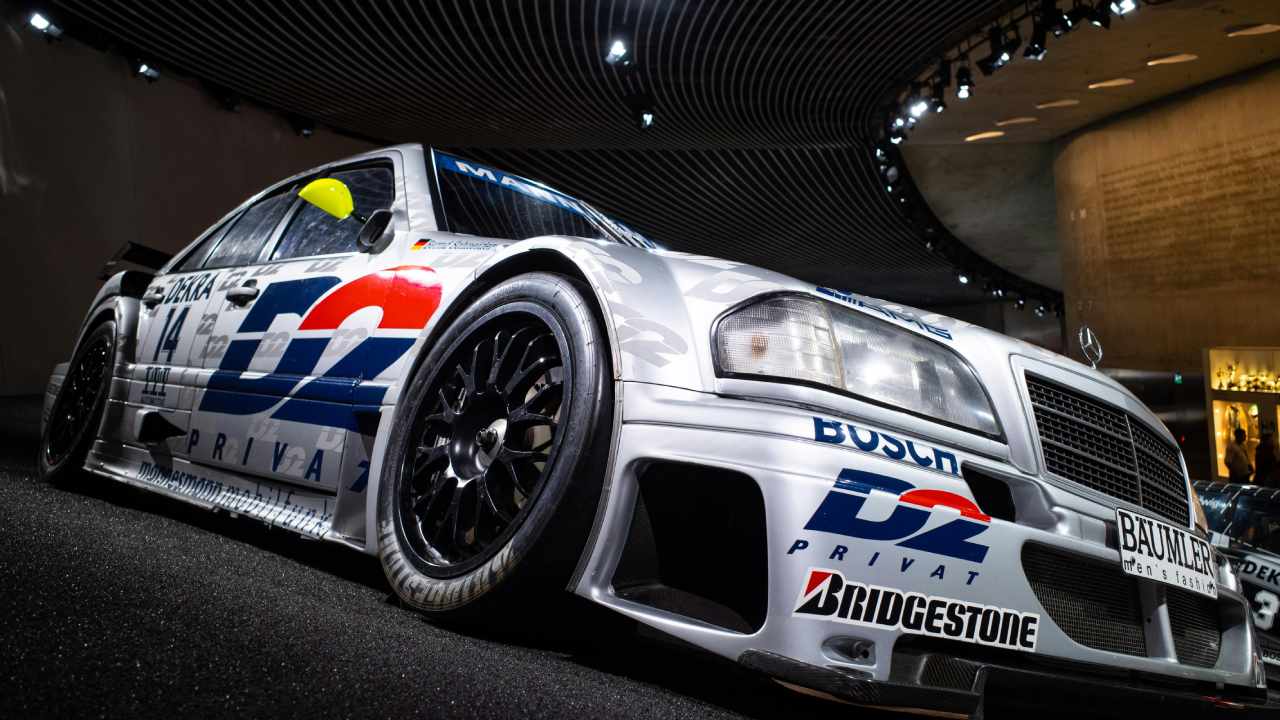Race cars are feats of engineering, built for speed, performance, and adrenaline-pumping experiences. While these machines are designed to push limits, they’re also highly sensitive to wear and tear. Even the smallest maintenance oversight can lead to reduced performance or catastrophic damage on the track.
For race car enthusiasts, mechanics, and auto sports fans, knowing how to maintain your race car effectively is critical to its longevity and performance. This guide dives into preventative maintenance techniques that can keep your race car in peak condition and extend its lifespan.
Why Race Car Maintenance Differs from Regular Car Maintenance
Race cars operate under extreme conditions that standard vehicles never encounter. From high-speed cornering to prolonged engine stress on the track, their components endure significant strain. Unlike regular cars, which are built for durability and comfort, race cars prioritize performance, relying on finely tuned parts that require frequent attention.
These maintenance differences include more aggressive wear on engine components, rapid brake pad depletion, and the need for constant tuning. Proactively maintaining your race car ensures it performs safely and efficiently during every race.
Essential Preventative Maintenance Tips for Engine Longevity
The engine is the heart of any race car. Keeping it well-maintained is vital if you want it to endure the demands of the track. Here are some key tips for prolonging engine life.
1. Perform Regular Oil Changes
Oil is the lifeblood of your race car’s engine. Frequent oil changes are essential to maintain lubrication, minimize friction, and prevent overheating. High-performance engines often require oil changes more frequently than regular vehicles, so create a schedule based on your race frequency and driving conditions. Always use high-quality racing oil designed to handle extreme temperatures.
2. Monitor Coolant Levels
Engines generate immense heat during races. Ensuring your coolant levels are optimal prevents dangerous overheating. Regularly inspect your coolant for contamination or low levels, and flush the cooling system as needed. A properly maintained cooling system can save your engine from costly damage.
3. Inspect Belts and Hoses
Cracked or damaged belts and hoses can lead to engine failure. Look for any signs of wear, leaks, or fraying after every race. Replace components that show even minor signs of damage to avoid issues during high-performance driving.
4. Check the Air Filter
A clean air filter ensures your engine receives sufficient air for combustion. Over time, filters can become clogged with debris, reducing airflow and hindering performance. Replace or clean the air filter regularly to optimize engine efficiency.
5. Assess the Battery Health
Racing places great demands on your car’s battery, especially during prolonged track sessions. Frequently check battery connections, clean terminals, and ensure it’s holding proper voltage. Investing in a quality performance battery can make a significant difference.
The Role of Suspension and Brake Maintenance in Safety and Performance
A race car’s suspension and braking systems are crucial for both safety and speed. Neglecting these areas can not only decrease your lap times but also put you and other drivers at risk.
1. Suspension Tuning
Suspension setup directly impacts your car’s handling and stability on the track. Regularly inspect suspension components such as shocks, struts, and bushings for wear and tear. Adjustments should be made based on track conditions and driving style to ensure an optimal setup for every race.
2. Brake Pad and Rotor Inspection
Your braking system undergoes significant stress during every race, leading to rapid wear of brake pads and rotors. Inspect them after every race, and replace pads before they reach critical wear levels. Upgrading to high-performance brake components is also a worthwhile investment for enhanced safety and stopping power.
3. Tire Maintenance and Rotation
Tires are another vital component that should not be overlooked. Inspect treads for uneven wear, ensure proper pressure levels, and rotate tires frequently for even usage. Don’t forget to use high-quality racing tires suited to your car and track conditions.
Aerodynamic and Bodywork Maintenance for Enhanced Performance
Aerodynamics play a critical role in how smoothly your race car moves through air resistance. Proper maintenance can improve downforce, reduce drag, and enhance overall performance.
1. The Impact of Aerodynamics
Features such as spoilers, wings, and diffusers should be regularly checked for damage or poor alignment. Damaged components can negatively impact airflow and reduce control at high speeds.
2. Bodywork Inspection and Repair
Cracks, dents, or misaligned panels can affect your car’s aerodynamics and speed. Address any damage immediately. Lightweight and high-performance bodywork is key to maximizing the car’s efficiency.
3. Importance of Cleanliness
A clean race car isn’t just about aesthetics—dirt and debris can accumulate in vents, aerodynamic components, and sensors, hindering performance. Regular washes, especially after races, ensure all systems function smoothly.
Electrical System Maintenance: Keeping Your Race Car Running Smoothly
An unreliable electrical system can bring even the fastest car to a standstill. Ensuring your wiring and electrical components are in top shape is integral to performance.
1. Battery Checks
Strong electrical output is crucial, especially with modern cars relying heavily on electronics. Regularly test your battery and replace it if it’s nearing the end of its lifespan.
2. Wiring Inspections
Loose, damaged, or corroded wiring can disrupt performance or cause critical failures. Routinely inspect your wiring system and address any issues promptly.
3. Upgrading Electrical Components
Consider professional-grade upgrades for your alternator, ignition systems, or spark plugs to ensure high performance under track conditions.
The Importance of Diagnostics and Professional Inspections
While many maintenance tasks can be handled personally, professional expertise and diagnostic tools play an indispensable role in keeping your race car in peak condition.
Utilizing Technology for Diagnostics
Modern diagnostic tools can identify potential issues before they become critical. Using advanced software to monitor your race car’s performance metrics ensures you stay ahead of any problems.
The Role of Professional Mechanics
Skilled mechanics possess the expertise to spot wear and tear that might escape an untrained eye. Building a relationship with a reliable professional can significantly lower your car’s risk of breakdowns.
Scheduling Regular Maintenance and Inspections
Creating a maintenance schedule that includes both personal checks and professional inspections is key. Consistency is the foundation of preventative maintenance.
Optimize Performance and Extend Your Race Car’s Life
Caring for a race car requires diligence, attention to detail, and a commitment to proactive maintenance. By focusing on your vehicle’s specific needs—engine care, suspension tuning, tire maintenance, and diagnostic checks—you’ll not only extend its life but also improve its performance on the track.
Take the time to implement these preventative maintenance tips consistently, and you’ll enjoy each race, knowing your car is at its very best. Are you looking for tailored advice or professional support? Reach out to our team of expert mechanics and diagnostic specialists to keep your race car tuned and ready for action.

